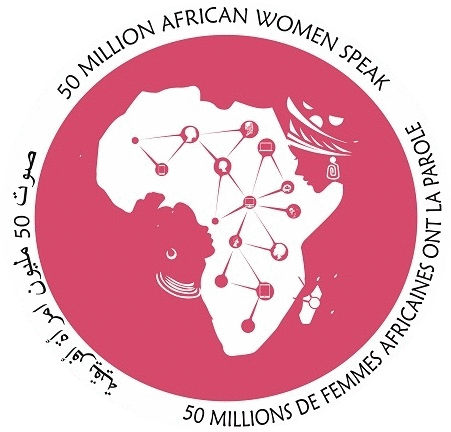The Treaty for the Establishment Of the East African Community - Kenya
- Kenya
- Resources
- Market Information
- Cross Border Trade
- Cross Border Trade
Quick information guide
Incentives for cross border trade:
Between EAC Partner States
- Tariff and Non-Tariff Barriers to trade are continuously being eliminated, making cross border trade easier;
- Re-exports are exempted from the payment of import or export duties;
- The East African Community (EAC) Common Market Protocol facilitates the free movement of people and factors of production;
- Trade information and documentation has been by simplified, standardized and harmonized to facilitate trade in goods;
- Price and demand factors for goods and services across border
Between COMESA Member States
- Establishment of Free Trade Area has facilitated:
- Reduction of tariff and non-tariff barriers;
- Liberalisation of import licensing;
- Removal of foreign exchange restrictions;
- Import and export quotas;
- Easing of customs formalities;
- Creation of one-stop border posts;etc
- COMESA virtual trade facilitation, an online system that integrates other COMESA trade facilitation instruments in one platform. It also helps to monitor consignments along different transport corridors across the region. Read more
- Trade information and documentation has been simplified, standardized and harmonized to facilitate trade;
- Price and demand factors for goods and services across borders
Contacts
Ministry of Interior and Coordination of National Government
Department of Immigration Services Nyayo House 20th floor,
Kenyatta Avenue/Uhuru Highway
P.O Box 30395 – 00100 Nairobi.
Tel: +254 20 2222022
Email: dis@immigration.go.ke
Cross border trade information
It is often dominated by women who trade in agricultural and livestock products therefore creating employment and supporting livelihoods.
“Traders generally exchange small quantities of modest value, due to a variety of constraints including limited financing, poor-quality inputs, low capacity, lack of machinery, and inefficient marketing and distribution channels, among others”. Read more
The Treaty for the Establishment Of the East African Community
Objectives of the Community
- The objectives of the Community shall be to develop policies and programmes aimed at widening and deepening co-operation among the Partner States in political, economic, social and cultural fields, research and technology, defence, security and legal and judicial affairs, for their mutual benefit.
- In pursuance of the provisions of paragraph 1 of this treaty, the Partner States undertake to establish among themselves and in accordance with the provisions of this Treaty, a Customs Union, a Common Market, subsequently a Monetary Union and ultimately a Political Federation in order to strengthen and regulate the industrial, commercial, infrastructural, cultural, social, political and other relations of the Partner States to the end that there shall be accelerated, harmonious and balanced development and sustained expansion of economic activities, the benefit of which shall be equitably shared.
- For purposes set out in paragraph 1 of this treaty and as subsequently provided in particular provisions of this Treaty, the Community shall ensure:
a) the attainment of sustainable growth and development of the Partner States by the promotion of a more balanced and harmonious development of the Partner States;
b) the strengthening and consolidation of co-operation in agreed fields that would lead to equitable economic development within the Partner States and which would in turn, raise the standard of living and improve the quality of life of their populations;
c) the promotion of sustainable utilization of the natural resources of the Partner States and the taking of measures that would effectively protect the natural environment of the Partner States;
d) the strengthening and consolidation of the long standing political, economic, social, cultural and traditional ties and associations between the peoples of the Partner States so as to promote a people-centered mutual development of these ties and associations;
e) the mainstreaming of gender in all its endeavours and the enhancement of the role of women in cultural, social, political, economic and technological development;
f) the promotion of peace, security, and stability within, and good neighborliness among, the Partner States;
g) the enhancement and strengthening of partnerships with the private sector and civil society in order to achieve sustainable socio-economic and political development; and
h) the undertaking of such other activities calculated to further the objectives of the Community, as the Partner States may from time to time decide to undertake in common.





